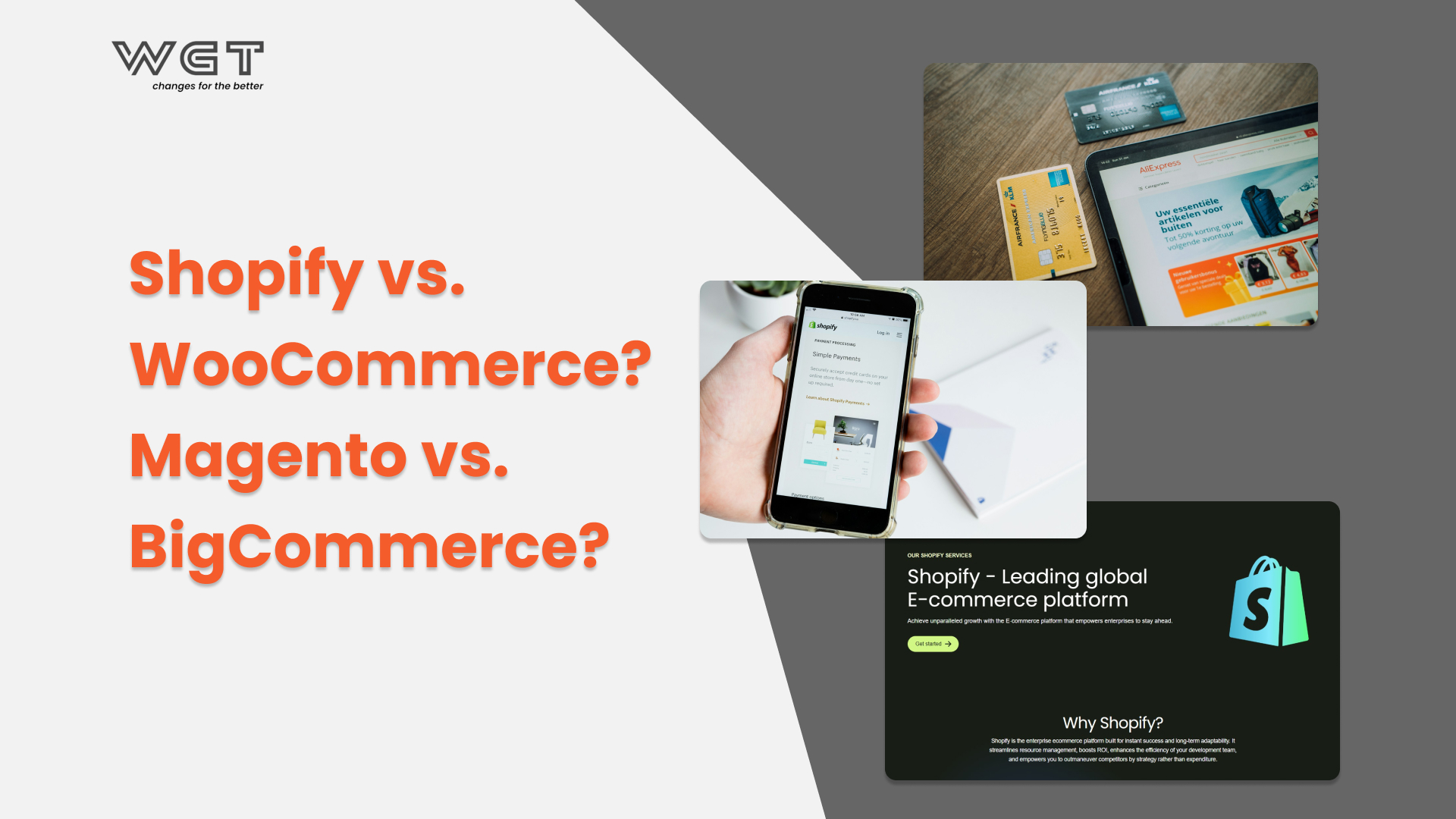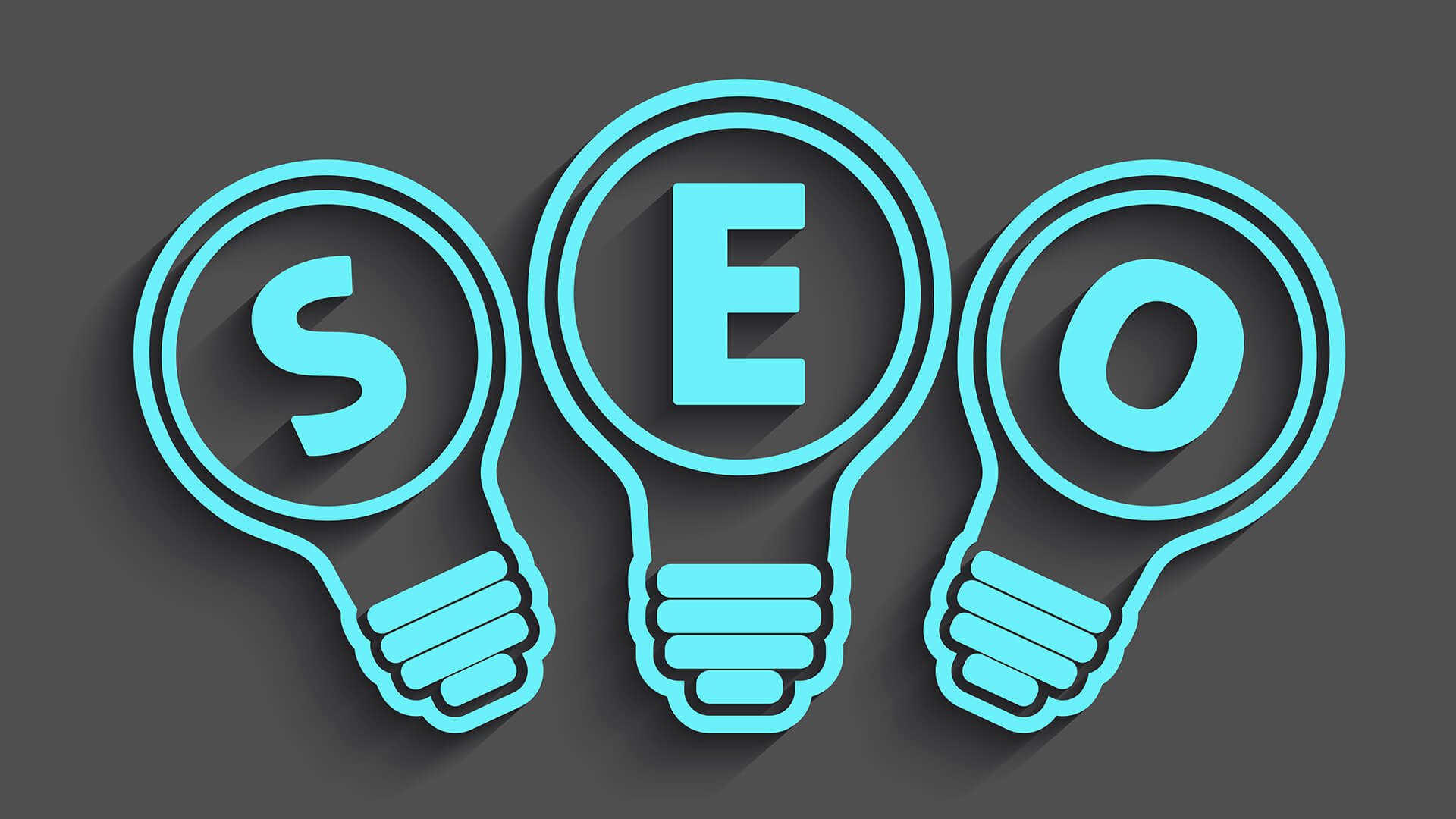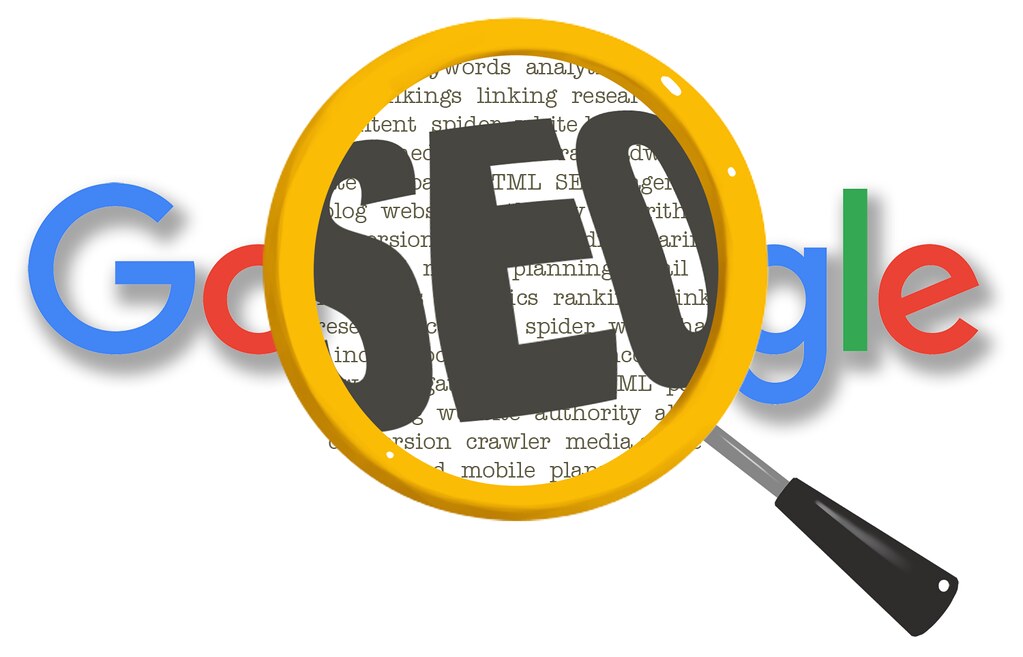In the fast-paced arena of eCommerce, a high-converting ecommerce websites is more than just aesthetics; it’s a powerful driver of conversions. High-converting eCommerce website design focuses on creating a seamless, intuitive, and persuasive online experience that guides visitors toward making a purchase.
Key features, from fast-loading pages and mobile optimization to secure checkout processes and compelling product displays, work in synergy to build trust, reduce friction, and ultimately, boost your website’s conversion rate. By strategically implementing these elements, businesses can transform their online store from a browsing platform into a high-converting sales machine.
Let’s explore the top 10 essential features that, when implemented strategically, can make your high-converting ecommerce websites enhance performance, user experience, and ultimately, its ability to drive sales.
1. Mobile-Responsive & Fast-Loading Design for high-converting eCommerce websites
In today’s digital landscape, where users access websites from a multitude of devices and patience is thinner than ever, mobile responsiveness and fast loading speeds are non-negotiable for high-converting eCommerce websites.
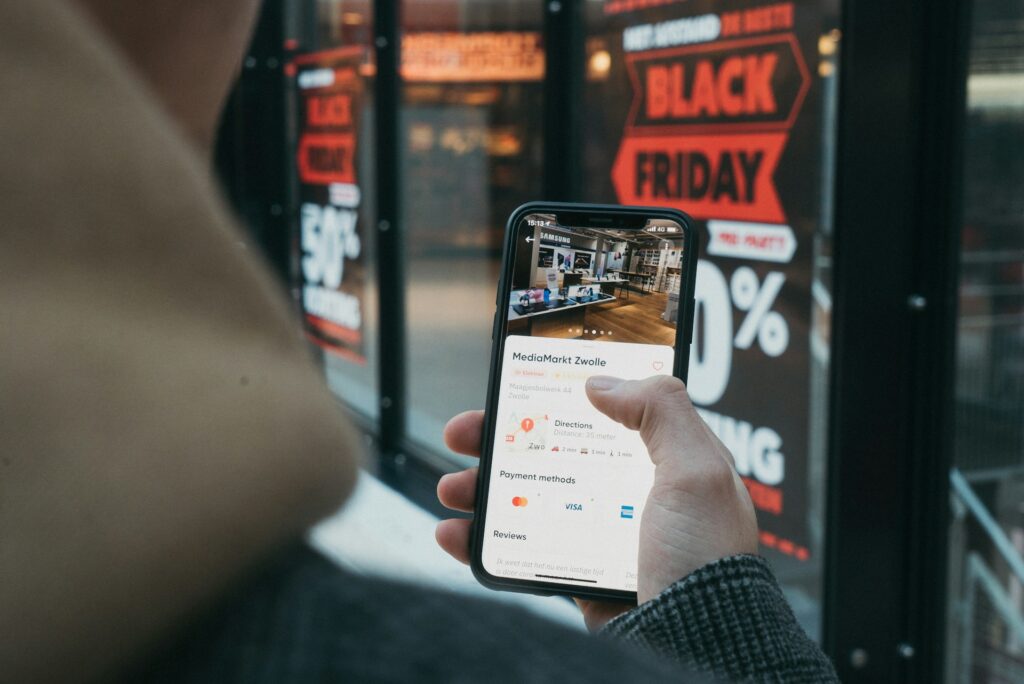
Why mobile-first matters in high-converting eCommerce websites?
The shift towards mobile commerce is undeniable. Over half (62.79%) of internet traffic comes from mobile phones. A significant portion of online shopping now occurs on smartphones and tablets. According to ConsumerAffairs, mobile phone sales (known as m-commerce) are forecasted to amount to approximately $856B by 2027.
Therefore, a mobile-first approach to eCommerce website design is crucial. This means designing primarily for the mobile experience and then adapting for larger screens for reaching a wider audience, improving user engagement, and boosting conversions.
Find out more about e-commerce optimization: Mobile Checkout: How to optimize the seamless checkout experience for e-commerce shoppers?
Impact on bounce rate and conversions
Website speed has a direct impact on user behavior and conversion rates. Slow-loading pages lead to higher bounce rates, meaning visitors leave the site quickly, often before even browsing products. This frustration translates to lost sales.
Conversely, fast-loading websites provide a smooth and enjoyable shopping experience, encouraging users to explore products, add items to their cart, and complete purchases. Google’s research has shown that even a one-second delay in page load time can significantly impact conversion rates.
Tools to test speed and responsiveness (PageSpeed Insights, GTmetrix)
To ensure optimal performance, it’s essential to regularly test your eCommerce website’s speed and responsiveness. Several excellent tools are available for this purpose:
- PageSpeed Insights: This free Google tool analyzes the content of a web page and provides suggestions to make that page faster.
- GTmetrix: GTmetrix combines data from Google PageSpeed Insights and YSlow to provide a comprehensive analysis of website performance.
By utilizing these tools and implementing the recommended optimizations, businesses can create high-converting eCommerce websites that deliver exceptional user experiences across all devices.

2. Clear, Action-Oriented Navigation
Navigation is the roadmap that guides visitors through your high-converting ecommerce websites. Clear, intuitive navigation is essential for helping customers find what they’re looking for quickly and easily, ultimately driving conversions.
Intuitive menus, mega navigation for large inventories
Intuitive menus are the foundation of good website navigation. They should be organized logically, using clear and concise labels that accurately reflect the categories and subcategories of your products.
For eCommerce websites with large inventories, mega navigation can be a game-changer. Mega menus display a wide range of product categories and subcategories at once, allowing users to quickly scan and find specific items without endless scrolling or clicking. This enhances the eCommerce functionality of the site, making it easier for customers to explore your offerings.
Sticky headers, breadcrumbs, and easy access to search
Several other navigation elements contribute to a positive user experience:
Sticky headers: These headers remain visible at the top of the page as users scroll, providing constant access to the main navigation menu. This is particularly useful on long product pages or blog posts, reducing the need for users to scroll back to the top.
Take a look at our client’s webpage: Twopages. You will know what they sell, how they sell their products, and how they optimize their customer’s e-buying journey through their website.
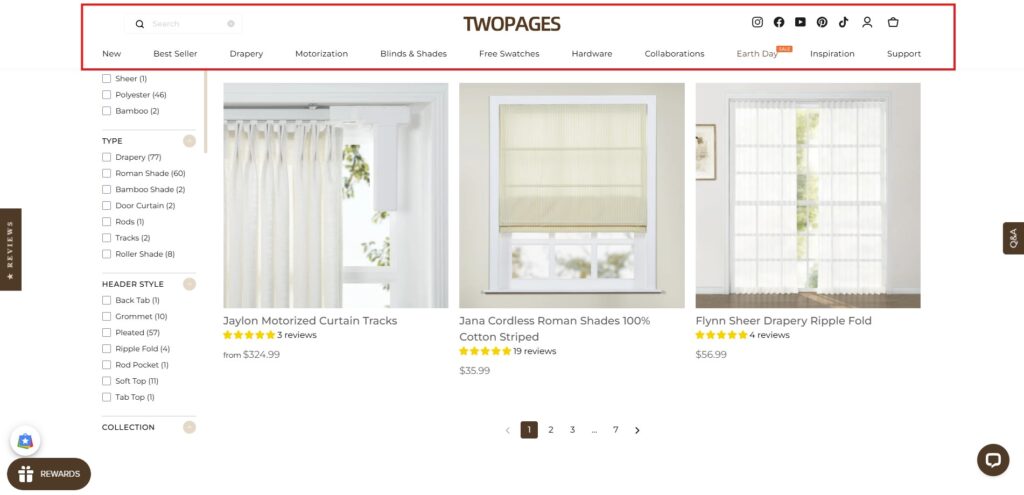
Breadcrumbs: Breadcrumbs are navigational aids that show users their current location on the website in relation to the homepage. They help users understand the site’s hierarchy and easily navigate back to previous pages.
Easy access to search: A prominent and functional search bar is crucial for eCommerce websites. It allows users to quickly find specific products by keyword, especially when they know exactly what they want.

All of these navigation elements work together to enhance high-converting ecommerce websites and reduce friction in the buying process. By making it easy for customers to find products and navigate the site, businesses can improve user satisfaction, increase engagement, and ultimately, drive higher conversion rates.
Check out other success stories, where Wgentech helps merchants go online with tailored-made websites and optimized UI/UX here.
3. High-Quality Product Pages
Product pages are the heart of any eCommerce website. They’re where potential customers gather detailed information and make their final purchase decisions. High-quality product pages are essential for converting browsers into buyers.
Descriptions that sell in high-converting eCommerce websites (benefits > features)
Effective product descriptions go beyond simply listing features; they tell a story and highlight the benefits. Instead of just stating the dimensions of a product (feature), explain how those dimensions make it perfect for a specific space (benefit).
Pro tips:
- Focus on how the product solves a problem, fulfills a need, or enhances the customer’s life.
- Use persuasive language and sensory details to create a compelling picture in the customer’s mind.
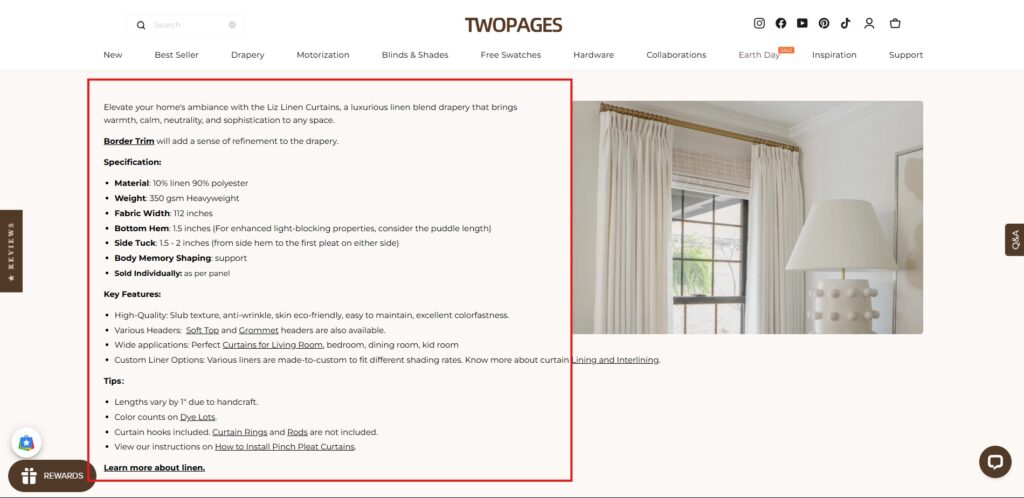
Multiple product images and 360° views
In a physical store, customers can touch, hold, and examine products from all angles. Replicate this experience online by providing multiple high-quality product images. Include various angles, close-ups of details, and lifestyle shots that show the product in use. 360° views or videos can further enhance the customer’s understanding of the product’s form and function, increasing confidence in their purchase decision.
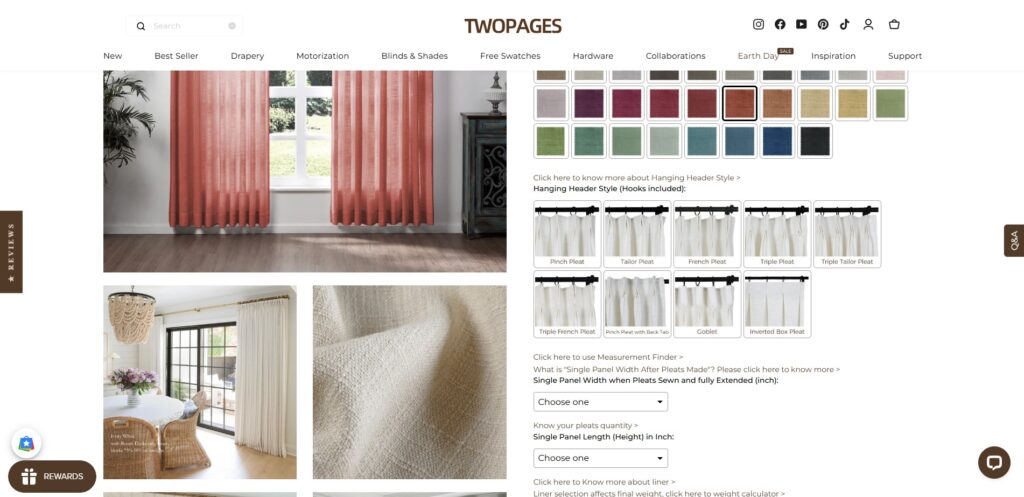
Videos, FAQs, and downloadable spec sheets
Supplement written descriptions and images with other helpful content:
- Videos: Product demonstrations or explainer videos can showcase features and benefits in a dynamic way.
- FAQs: Address common customer questions directly on the product page to reduce uncertainty and streamline the buying process.
- Downloadable spec sheets: For technical products, provide detailed specifications in a downloadable format for easy reference.
Product schema for SEO benefits
Implement product schema markup to provide search engines with structured data about your products. This can enhance your search engine results and make your product listings more appealing to potential customers. Schema markup can include information such as price, availability, reviews, and ratings, which can be displayed directly in search results.
For more insights:
- SEO Basics: The Foundation for B2B Growth Success
- Navigating SEO trends 2025: The future of search engine optimization
4. Trust Signals and Social Proof for high-converting ecommerce websites
In the online world, where customers can’t physically interact with products or sellers, building trust is paramount. Trust signals and social proof are essential features of high-converting eCommerce websites, reassuring visitors and encouraging them to make a purchase.
Customer reviews, ratings, UGC
Customer reviews and ratings are powerful forms of social proof. They provide authentic feedback from previous buyers, helping potential customers assess the quality of products and the reliability of the seller.
Encourage customers to leave reviews and display them prominently on product pages.
User-generated content (UGC), such as photos or videos of customers using your products, can further enhance trust and create a sense of community.
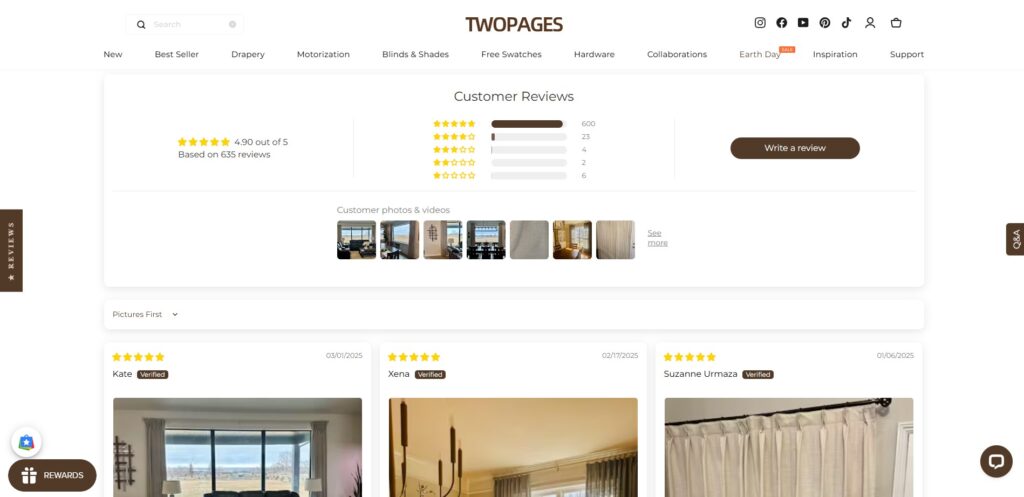
Security badges, return policy, and payment assurance
Security badges, such as those from trusted security providers, signal that your website is secure and that customers’ personal and financial information is protected.
A clear and transparent return policy reduces purchase risk and demonstrates your confidence in your products.
Payment assurance, such as indicating accepted payment methods and highlighting secure checkout processes, further builds trust.
Testimonials and press mentions
Testimonials from satisfied customers can provide compelling endorsements of your brand and products. Press mentions or awards can enhance your credibility and showcase your expertise.
5. Streamlined Checkout Experience
The checkout process is a critical stage in the customer journey; it’s where potential sales are either finalized or abandoned. A streamlined checkout experience for high-converting ecommerce websites is essential for minimizing friction and maximizing conversions.
Guest checkout and progress indicators
Offering guest checkout allows customers to complete a purchase without creating an account. This can significantly reduce barriers to purchase, as some customers may be hesitant to create an account, especially for a one-time purchase.
Progress indicators visually show customers where they are in the checkout process (e.g., “Shipping” > “Payment” > “Review”). This helps manage expectations and reduces anxiety about the process’s length or complexity.
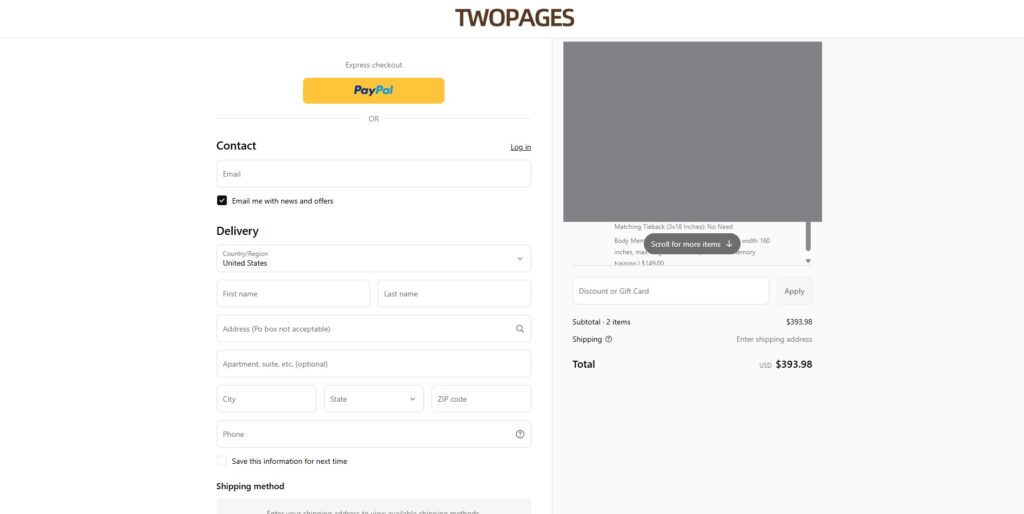
Fewer steps = higher conversions
The principle is simple: the fewer steps a customer has to take to complete a purchase, the higher the likelihood of conversion.
Simplify the checkout process by minimizing the number of form fields, offering address auto-fill, and consolidating steps where possible.
Removing unnecessary distractions from the checkout page can also improve focus and reduce cart abandonment.
Multiple payment options (PayPal, BNPL, Apple Pay, etc.)
Providing a variety of payment options caters to different customer preferences and increases convenience.
Offer popular options such as:
- PayPal
- Buy Now, Pay Later (BNPL) services (e.g., Afterpay, Klarna)
- Digital wallets (e.g., Apple Pay, Google Pay)
- Credit and debit cards
By offering flexibility and convenience in payment, you can cater to a broader audience and increase conversion rates.
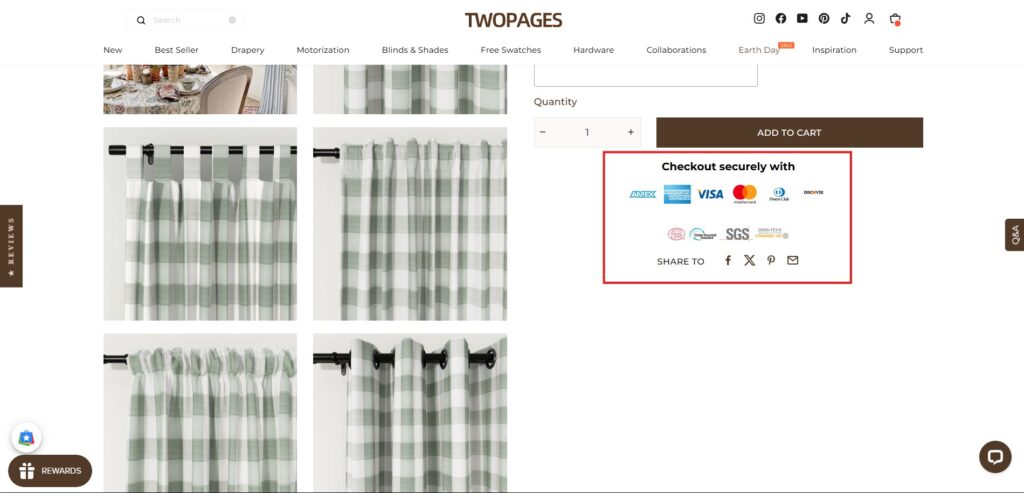
6. Smart Search & Filtering Options
In eCommerce, where customers often have specific needs or are browsing through large catalogs, smart search and filtering options are essential for guiding them to the right products quickly and efficiently. These features significantly enhance eCommerce website functionality and improve the overall shopping experience.
Auto-suggestions, search intent matching
Smart search goes beyond simple keyword matching. Auto-suggestions provide real-time suggestions as users type in the search bar, helping them refine their search and discover relevant products they might not have considered.
Search intent matching aims to understand the user’s goal behind their search query. This means delivering results that align with the user’s intent, whether it’s informational (researching a product) or transactional (ready to buy).
Filters by category, price, size, brand, etc.
Filtering options allow users to narrow down search results based on specific criteria.
Essential filters include:
- Category
- Price range
- Size
- Brand
- Color
- Material
The specific filters will vary depending on the products being sold, but the goal is to provide users with granular control over their search results.
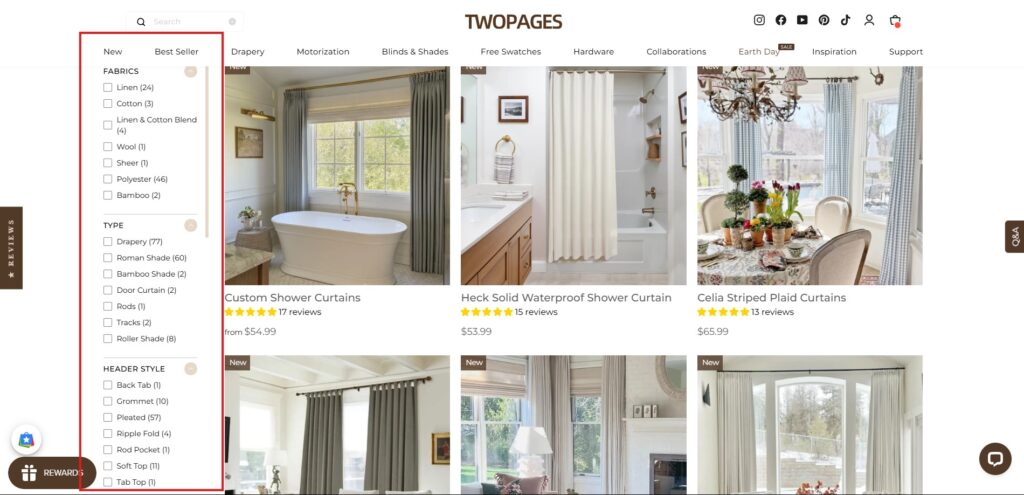
Enhancing eCommerce website functionality for faster decision-making
Smart search and filtering options work together to streamline the product discovery process.
By enabling customers to quickly find what they’re looking for, these features reduce frustration, save time, and facilitate faster purchase decisions.
This improved efficiency translates to higher conversion rates and increased customer satisfaction, demonstrating the importance of these eCommerce website functionalities.
7. Personalized Recommendations for high-converting ecommerce websites
Personalized recommendations are a powerful tool for enhancing the eCommerce experience and driving sales. By showcasing relevant products to individual customers, businesses can increase engagement, average order value (AOV), and overall eCommerce conversion optimization.
“Related products” – “Recently viewed” – “You might also like”
eCommerce websites use various types of personalized recommendations:
- “Related products” suggest items that complement the product a customer is currently viewing (e.g., suggesting a belt to go with a pair of pants).
- “Recently viewed” displays products a customer has previously browsed, making it easy for them to revisit and purchase.
- “You might also like” recommends products based on a customer’s browsing history, purchase history, or similar customer behavior.
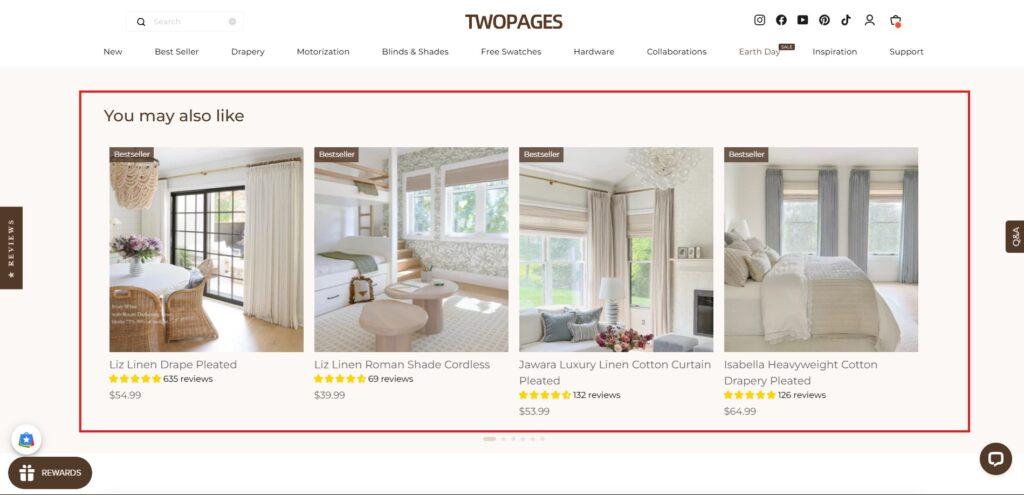
AI-driven personalization = higher AOV
Advanced eCommerce platforms use artificial intelligence (AI) to personalize recommendations with increasing accuracy. AI algorithms analyze vast amounts of data to understand customer preferences and predict their needs.
This leads to more relevant recommendations, which in turn increases the likelihood of customers adding more items to their cart, resulting in a higher average order value (AOV).
eCommerce conversion optimization through upselling & cross-selling
Personalized recommendations are a key strategy for upselling and cross-selling, both of which are crucial for eCommerce conversion optimization.
- Upselling involves encouraging customers to purchase a higher-priced version of a product or add-on features.
- Cross-selling involves suggesting complementary products that the customer might also need or want.
By strategically presenting these recommendations, businesses can guide customers towards making larger and more profitable purchases.
8. Optimized Call-to-Actions (CTAs)
Call-to-actions (CTAs) are the prompts that guide visitors towards desired actions, such as adding a product to their cart, proceeding to checkout, or signing up for a newsletter. Optimized CTAs are essential for maximizing conversions on eCommerce websites.
Strategic placement and wording
CTA buttons should be strategically placed in prominent locations where they are easily visible and relevant to the user’s journey.
Use clear, concise, and action-oriented wording that encourages clicks. Strong verbs like “Buy Now,” “Add to Cart,” “Shop Now,” or “Get Started” are effective.
Consider the context of the page. For example, on a product page, the primary CTA should be “Add to Cart” or “Buy Now,” while on a landing page, it might be “Sign Up” or “Learn More.”
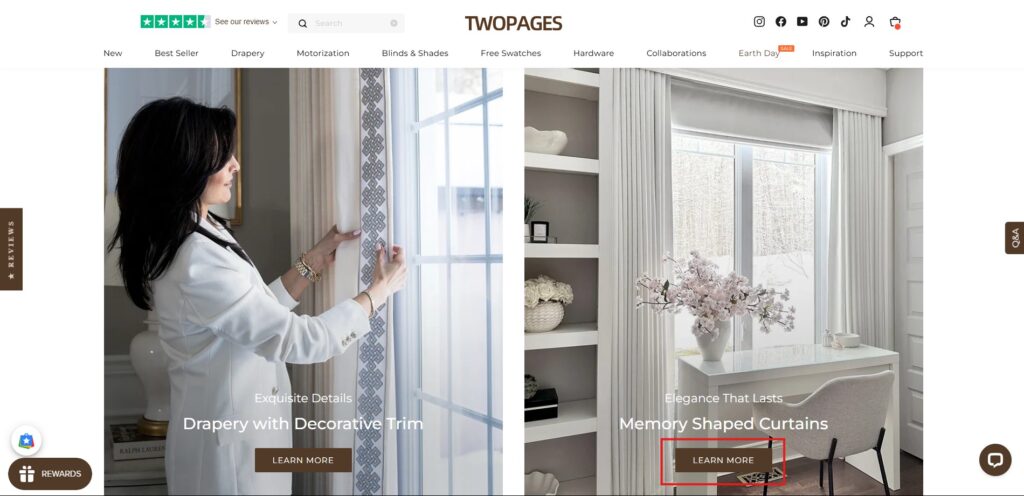
Visual contrast and urgency cues
CTA buttons should stand out visually from the surrounding elements. Use contrasting colors to make them easily noticeable.
Urgency cues can motivate users to take action. Phrases like “Limited Time Offer,” “While Supplies Last,” or “Sale Ends Soon” can create a sense of urgency and encourage immediate conversion.
A/B testing CTA buttons for conversion lift
A/B testing involves comparing different versions of a CTA button to see which performs best. Test variations in:
- Wording (e.g., “Add to Bag” vs. “Buy Now”)
- Color (e.g., green vs. orange)
- Placement (e.g., above the fold vs. below the fold)
A/B testing allows you to make data-driven decisions and continuously optimize your CTAs for maximum conversion lift.
9. Cart Abandonment Prevention Features
Cart abandonment is a significant challenge for eCommerce businesses. It refers to the situation where shoppers add items to their online shopping cart but leave the website without completing the purchase. Implementing cart abandonment prevention features is crucial for recovering lost sales and maximizing revenue.
Exit-intent popups in high-converting eCommerce websites
Exit-intent popups are triggered when a user is about to leave the website, often detected by their mouse movements. These popups can present a last-minute offer, such as a discount, free shipping, or a reminder about items left in the cart, to incentivize the user to stay and complete their purchase.
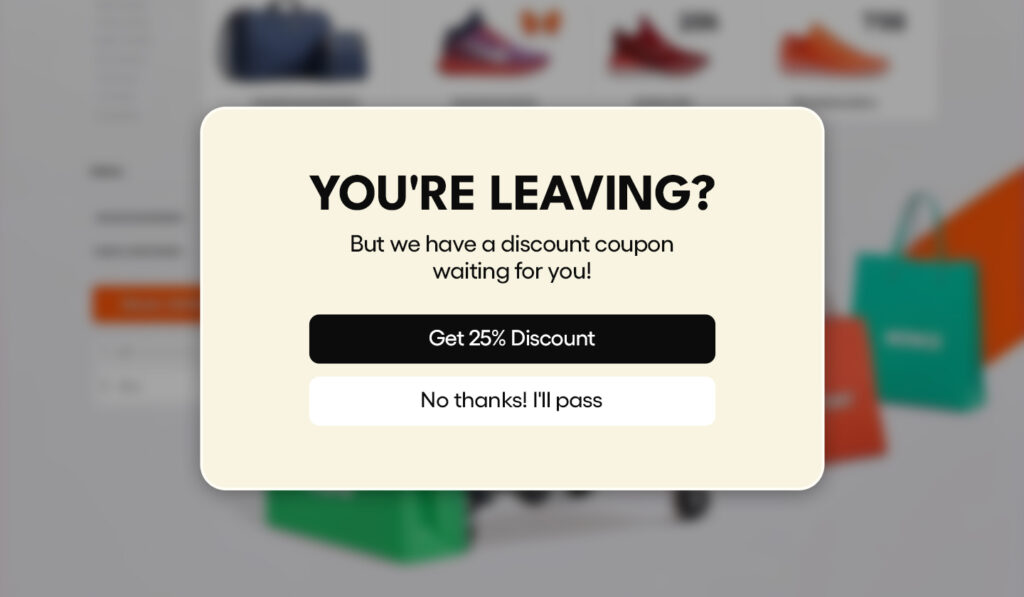
Email retargeting automation
Email retargeting involves sending automated emails to customers who have abandoned their carts. These emails typically include a reminder of the items left in the cart and may also offer incentives like discounts or free shipping to encourage completion of the purchase. Personalizing these emails with the customer’s name and the specific items they left behind can increase their effectiveness.
Discount nudges and limited-time offers
Proactively offering discounts or limited-time offers can also help prevent cart abandonment. Displaying these offers prominently during the checkout process can incentivize customers to complete their purchase immediately rather than postponing it and potentially forgetting. Creating a sense of urgency with limited-time offers can further motivate customers to act quickly.
10. Analytics & Heatmap Integration
Data is the lifeblood of eCommerce optimization. Implementing analytics and heatmap integration provides invaluable insights into user behavior, allowing businesses to make informed decisions to improve their eCommerce website design and user experience, ultimately driving higher conversions.
Tracking behavior to optimize performance
Analytics tools, such as Google Analytics, track a wide range of website metrics, including:
- Traffic sources
- Page views
- Bounce rate
- Conversion rate
- Average order value
By analyzing this data, businesses can identify areas of strength and weakness on their website.
For example, a high bounce rate on a particular product page might indicate a problem with the page’s design or content.
Heatmaps to understand click and scroll patterns
Heatmaps provide a visual representation of user interactions on a webpage. They show where users click, how far they scroll, and where they spend the most time. This information can reveal valuable insights into user behavior, such as:
- Which elements on a page are most engaging
- Whether users are seeing important calls to action
- Areas where users are getting stuck or confused
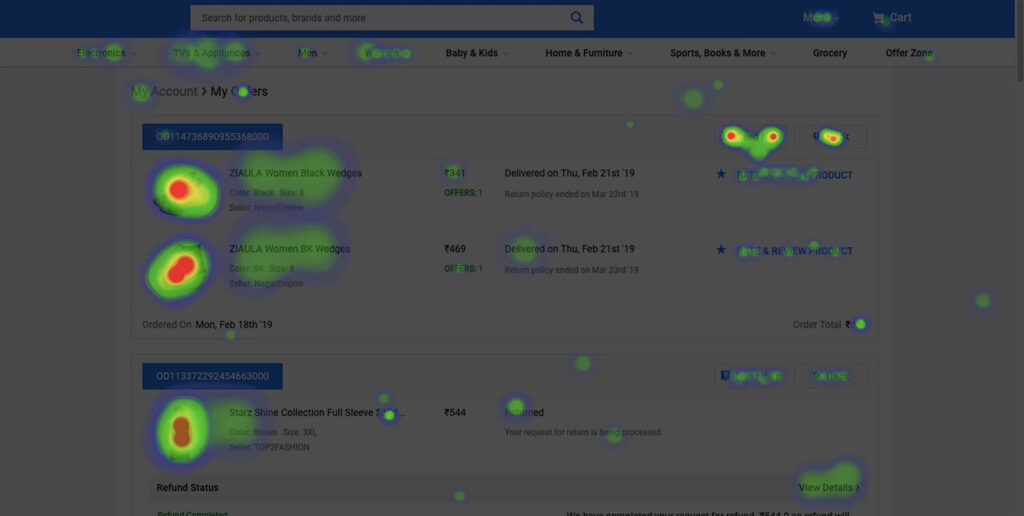
Using data to improve eCommerce website design and user experience
By combining data from analytics and heatmaps, businesses can gain a comprehensive understanding of how users interact with their eCommerce website.
This data-driven approach enables them to
- Optimize website design for better usability
- Improve navigation to enhance user experience
- Refine product page layouts for higher conversions
- Identify and fix technical issues that may be hindering performance
Ultimately, analytics and heatmap integration empower businesses to continuously improve their eCommerce website, leading to increased customer satisfaction and higher conversion rates.
Final Thoughts: Build Smarter, Sell Better
Creating a high-converting eCommerce website is an ongoing process of optimization and refinement. By focusing on the essential features outlined in this guide, businesses can build smarter, sell better, and achieve sustainable growth.
Let’s quickly recap the 10 essential features that contribute to high-converting eCommerce websites:
- Mobile-Responsive & Fast-Loading Design
- Clear, Action-Oriented Navigation
- High-Quality Product Pages
- Trust Signals and Social Proof
- Streamlined Checkout Experience
- Smart Search & Filtering Options
- Personalized Recommendations
- Optimized Call-to-Actions (CTAs)
- Cart Abandonment Prevention Features
- Analytics & Heatmap Integration
These features work in synergy to create a positive and effective online shopping experience in high-converting ecommerce websites. They address key aspects of eCommerce functionality, including website performance, user experience, trust-building, and conversion optimization. By prioritizing these elements, businesses can reduce friction, increase customer satisfaction, and drive higher sales.
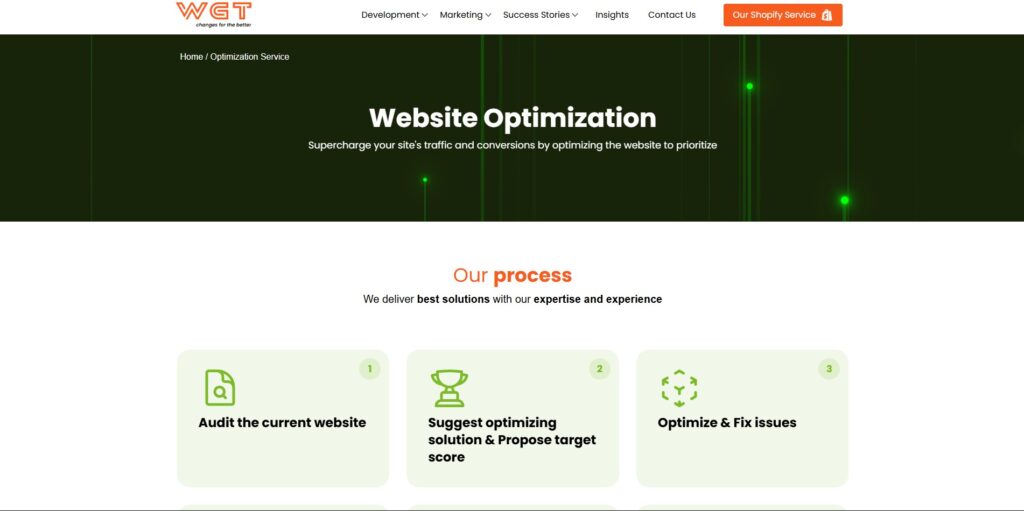
Is your eCommerce website performing at its full potential? Don’t leave revenue on the table. Wgentech offers expert eCommerce website optimization services to help you identify areas for improvement and implement strategies for higher conversions to your high-converting ecommerce websites.
Learn more and request an audit today.




